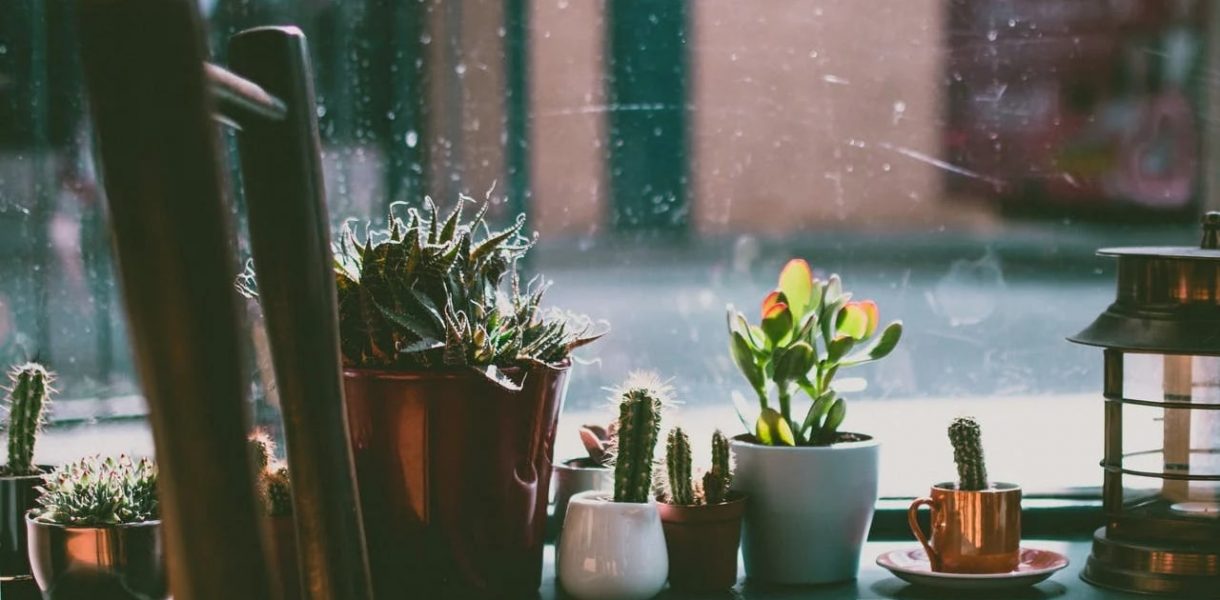All living things reproduce and plants are no exception to the rule. Of course, plants don’t have sex like us humans, so get off the cloud if you’re thinking about BBW porn from your favorite adult sites.
Reproduction in plants is a bit more “complex” to say the least. In order to be successful, plants depend on other factors beyond their control.
We are talking about the intervention of the wind, insects, and animals, as well as climatic conditions and precipitation. There are two main methods of reproduction when it comes to plants, so let’s tell you everything we know about it!
Asexual Reproduction:
It is also known as vegetative reproduction and is produced by successive mitosis of cells from the mother plant and therefore the new individual will have identical characteristics to the mother plant.
New plants are usually formed:
- From fragments of stolons.
- Rhizomes or tubers.
- From fragments of bulbs.
- From bulblets.
The Sexual Reproduction:
For its part, sexual reproduction presupposes the production of gametes in specialized organs and adaptations that ensure their fertilization. However, the new individuals will have greater variability and therefore greater possibilities of adaptation to the environment.
In plants that reproduce sexually, the life cycle is quite complex and the product of fertilization does not always coincide with the adult individual observed: in fact, in plants there is an alternation of generations.
Reproduction by spores
The reproduction of bryophytes (mosses) and pteridophytes (ferns) occurs by diffusion, through water or wind, of spores, or rather meiospores, haploid cells produced in special structures (sporangia) after meiosis.
The spore germinates producing the haploid gametophyte, therefore the new plant is a gametophyte, while the product of fertilization, the diploid sporophyte, remains “attached” to the gametophyte.
Reproduction by seeds
The reproduction of gymnosperms and angiosperms, on the other hand, relies on the diffusion of seeds, the diploid product of fertilization.
The new plant is a diploid sporophyte, even of considerable size, while the gametophyte is reduced to a few cells carried by the plant-sporophyte.
The reproductive structure of seed plants is formed by whorls of transformed leaves, which form the male pollen sacs and ovules.
Having reached maturity, the pollen sacs open and release pollen. The transport of pollen from one flower to another, called pollination, can occur in different ways.
Where does pollination occur in plants?
The flower is the part of angiosperm plants that contains the reproductive organs and is specialized for this function. The female cells are contained in the ovules, which mature in the pistil.
The male cells are in the pollen, which matures in the stamens. Fertilization takes place inside the ovary!
Conclusion
The process of reproduction in plants is certainly much more complex than most people think. It is quite an interesting process, which is worth spending much more time on than the BBW porn videos you have in your computer’s history.
This is a rather large topic that is made up of many different subjects that we could go much deeper into. We refer, for example, to the embryonic development of plants and the types of pollination, but it seems better to treat them separately in future articles.
So if these are topics of your interest, we invite you to stay tuned!
